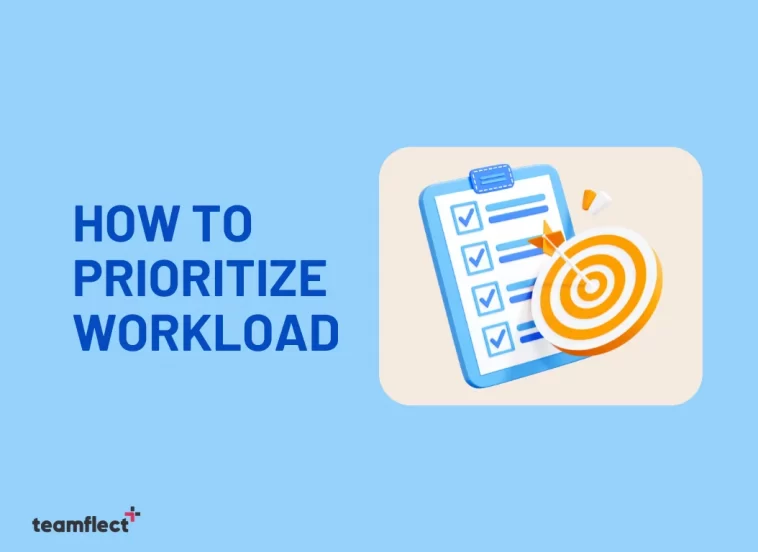We don’t know about you but one of our new year’s resolutions is that in 2023, we will finally figure out how to prioritize workload correctly! Learning how to prioritize workload effectively is one of the key skills in any employee’s arsenal.
Two people can complete exactly the same tasks but a mistake in identifying priority tasks can result in one of those people falling terribly behind the other.
Knowing how to prioritize workload is essentially the elusive difference between working smart and working hard. There are many different elements that go into how one should prioritize workload just as there are many different benefits changing according to how one chooses to prioritize workload.
When you know how to prioritize tasks, you as the leader have an incredible opportunity to increase the efficiency of your workforce and increase employee engagement heavily!
That being said, let’s dive right in and discuss how you can prioritize workload effectively!
Table of Contents
How to prioritize workload? Follow these four steps!
The right tools for the job – Invest in helpful software
If you want to figure out how to prioritize workload efficiently in your organization then one of the first things you need to do is to give your team the right tools for the job! An effective task management software paired up with okr software that supports goal labels? That right there is the dream setup when it comes to how you should prioritize tasks!
The really cool thing is that an all-in-one performance management system should have all the task & okr management capabilities you need and then some!
If you are using Microsoft Teams, we can strongly recommend giving Teamflect a try, since it is the premier task management software for Microsoft Teams that lets you prioritize goals, set tasks, exchange feedback, and more!
If you aren’t a Microsoft-using organization, you can check out the list below to help you out with picking out performance management software!



